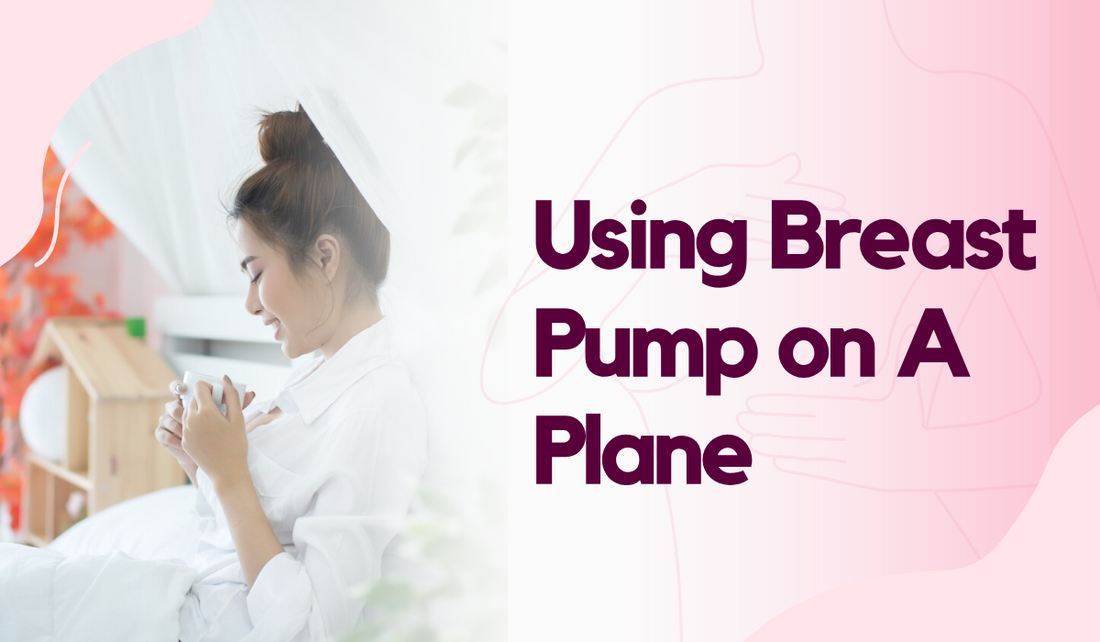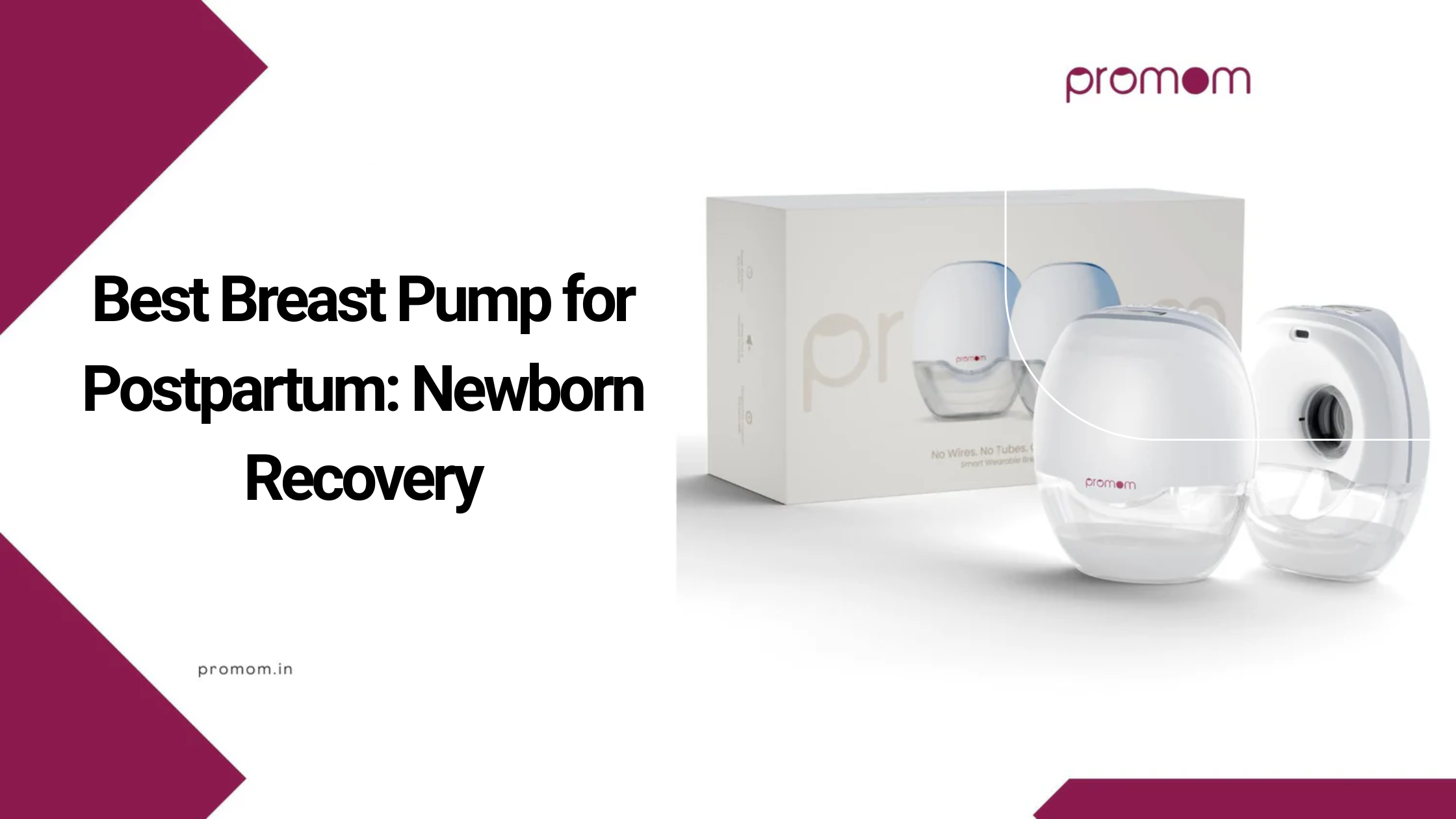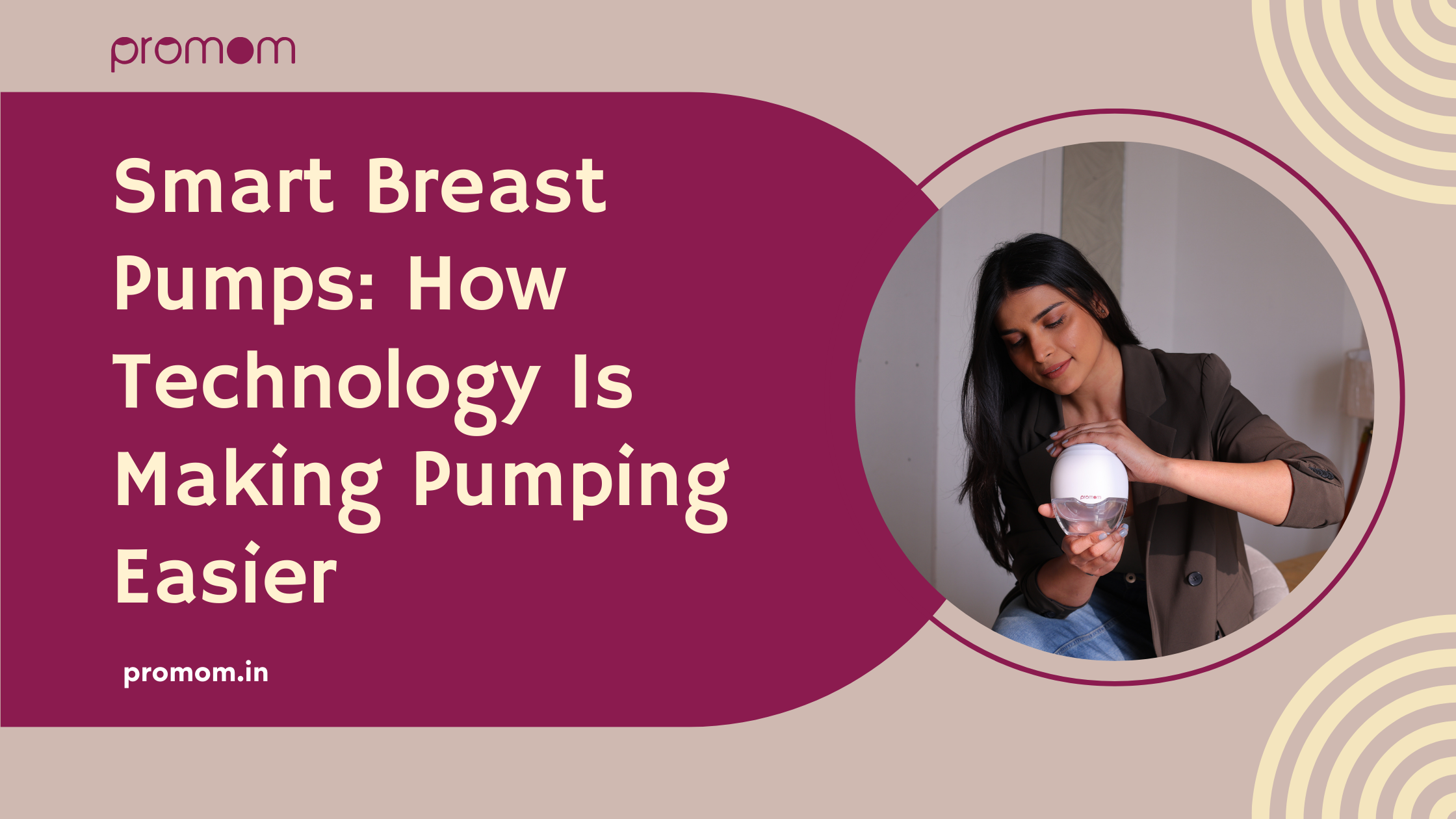
Using Breast Pump on A Plane
Air travel particularly poses challenges for a new mother who is breastfeeding or expressing her breast milk to her child. Breastfeeding on a plane can sound complicated, but it is possible to use a breast pump without much hassle or embarrassment. This blog by Promom.in will take you through all those you should know ranging from packing tips, the kind of clothes you should pack for your baby, and the like so that both you and the baby would be as comfortable as possible.
Why It Might be Necessary to Pump on a Plane
There are several reasons you may need to use a breast pump during a flight:
- Long Haul Flights: As travel time may last longer, it is crucial to have supply and prevent any pain and discomfort or engorgement at this time.
- Traveling Without Baby: A great gain of pumping if your baby is traveling with you is to maintain your supply.
- Comfort and Health: Failure to pump a session may result in some blockage or even dark speckling known as mastitis.
Knowing the need for pumping during a flight may help you to prepare adequately and therefore reduce stress when using a breastfeeding pump.
Using Breast Pump While Flying
When packing your breast pump for a flight, consider the following essentials:
- Breast Pump: This means choosing from a lightweight, automatic breast pump, preferably a battery-operated or hand-operated breast pump to minimize dependence on the power source.
- Milk Storage Bags: These are lightweight and space-saving solutions that are perfect for storing expressed milk.
- Cooler Bag with Ice Packs: This helps you keep your milk fresh during the journey most especially during the hot summer season.
- Nursing Cover: To obtain further discretion during pumping.
- Cleaning Supplies: Some of the items you need to include are breast pump wipes, a small brush, and quick-dry towels for cleaning.
- Hands-Free Pumping Bra: It also means that it permits you to pump without drawing attention to yourself and you can do it while, among other things, watching television if necessary.
- Power Bank or Spare Batteries: If you are using an electric breast pump, make sure you are well endowed in terms of power supply.
Packing appropriately puts you in great standing to pump effectively and without compromising on hygiene.
Preparation Before You Board
Preparation before your flight can make a significant difference in your pumping experience:
- Check Airline Policies: Discuss the airline policy on breastfeeding or pumping equipment. Many carriers deem breast pump as medical equipment, that do not take up the space of a carry-on bag.
- Pre-Notify the Airline: Let the airline know if you need one or the other assistance like having a secluded space, or outlets for charging your devices.
- Choose a Convenient Seat: An aisle seat will afford you more privacy when pumping and it is easier to access the basin.
- Pump Before the Flight: Expressing the breasts just before getting a seat can help cover up the need to get to the pump during the flight.
- Label Your Milk: Now as for the practical usage, it is recommended to clearly label the storage bags where milk is stored, with the date and time of the particular expression performed.
These are made to make it easier and to try as much as possible to make things that need to be done early enough and not at the nick of time.
Pumping During the Flight
While the thought of pumping mid-air might seem daunting, it’s entirely doable with these practical tips:
- Timing Your Pumping Sessions: The pumping plan should be dependent on the time taken to undertake the flight. Use a timer and pop-up notification to remind you to maintain your intervals.
- Finding Privacy: At Your Seat: You may use the nursing cover or a nursing pumping bra for the convenience of pumping discreetly. The pump can be masked from the ears using noise-canceling headphones.
- Designated Spaces: Specific airlines may have certain places set aside or suggest some areas that are perhaps not very congested.
- Managing Milk Storage: Breast milk should be put in separate bags labeled and placed in a cooler with ice packs. In the case that the flight is long, ask for ice from the flight attendants to cool the milk.
- Handling Power Supply: Hand or battery-powered pumps remove the necessity of the power supply on the flight. If using an electric pump, consult with the airline in regard to the availability of outlets on board.
- Cleaning Your Equipment: In addition to the milk pump cleaning wipes, which can be used for a quick clean after use of the parts. To avoid spilling it is advisable to pack the items in a bag that can be closed.
Dealing with Challenges
Using an electric pump for breast milk expression on a plane isn’t without challenges, but preparation and adaptability can help:
- Lack of Space: Small and easily transportable apparatuses should be employed. Pumping at your seat with a cover is compact and faster than other methods.
- Noise Concerns: Nonetheless, modern pumps are loud and although breast feeding pump are sometimes known to produce noise, current designs are silent. Couple it up with white noise or use headphones to tone down the attention given to the page.
Safeguarding Your Milk Upon Arrival
- Put milk in a refrigerator or freezer as soon as you express it.
- And if you have to proceed further, make sure that your cooler still has ice to keep the milk cold.
- You should use the freshly expressed milk within four hours or refrigerate the milk for not more than four days.
The handling of milk helps to achieve safety and provide your baby with the most nutritional value of the milk.
Conclusion
Breastfeeding on a plane: a little more preparation may be needed and some inspiring ideas can be helpful. If you pack the right items, plan, and do a little research on airline regulations, you can get your pump out and start pumping happily at thirty thousand feet. Remember, it can be true that your health and your baby’s health are priorities. To get your pump today, visit Promom.in!


